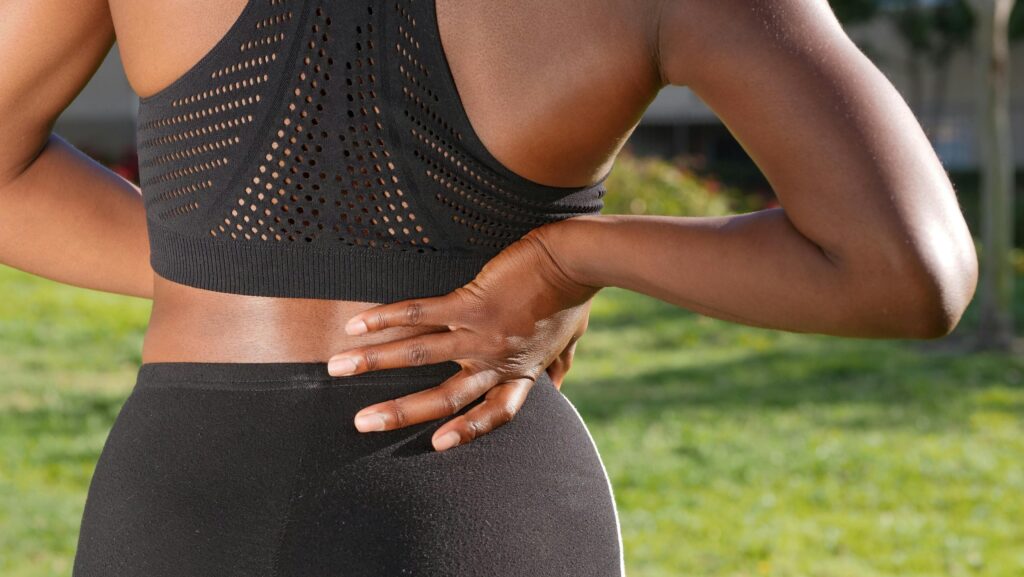
Hip pain can significantly impact your quality of life. One common cause of hip pain is femoroacetabular impingement (FAI), also known as hip impingement. This condition occurs when the bones of the hip joint bump into each other, leading to friction and pain.
Need Answers?
TriLumos Pysical Therapy offers a free consultation over the phone or in person. Get the answers you need from our Doctors of Physical Therapy and see how we can best help you.

Contents
The Anatomy of the Hip Joint
The hip joint is a ball-and-socket joint, where the head of the femur (thighbone) fits into the acetabulum (hip socket). In FAI, the shape of either the femoral head or the acetabulum is abnormal, causing the bones to rub together during movement. These abnormalities are more common than you may think.
Do I Have Hip Impingement?

Some common pains with hip impingement include:
- Deep groin pain: This is the most common symptom, often felt during activities like walking, running, or climbing stairs.
- Lateral hip pain: Pain on the outer side of the hip joint.
- Pain with hip rotation: Difficulty rotating the hip inward or outward.
- Stiffness: Limited range of motion in the hip joint, particularly with flexion and internal rotation.
WHAT'S YOUR NEXT MOVE?
TriLumos PT exclusively hires Doctors of Physical Therapy to take the guess work out of your recovery. Take the first step towards a pain-free life. Schedule your appointment today.

Functional Limitations of Hip Impingement

Hip impingement can significantly impact your daily activities as well as athletic performance. Common functional limitations are:
- Difficulty walking: Pain and stiffness can make walking, especially uphill or downhill, challenging.
- Trouble sitting for prolonged periods: Sitting with the hips flexed for extended periods can worsen symptoms.
- Limited range of motion: Hip flexion, extension, and rotation may be restricted.
- Difficulty with activities of daily living: Simple tasks like getting dressed or putting on shoes can become painful.
Should I Get Treatment for Hip Impingement?

If you’re experiencing hip pain, it’s important to seek professional help. Early intervention can prevent the condition from worsening and improve your long-term outlook. Physical therapy is a highly effective treatment for hip impingement.
Treatment Options for Hip Impingement
Physical therapy can help alleviate pain, improve hip function, and prevent future episodes of impingement. Common treatment strategies include:
- Manual therapy: Techniques like joint mobilization and soft tissue massage can improve hip mobility and reduce pain.
- Therapeutic exercise: Strengthening exercises target the hip muscles, core, and lower back to improve stability, imbalance, and alignment.
- Stretching: Stretching exercises, particularly for the hip flexors and hamstrings, can increase flexibility and reduce muscle tightness.
If you’re struggling with hip pain, don’t hesitate to consult with a Doctor of Physical Therapy at TriLumos Physical Therapy. We can help you get back to doing what you love, pain-free.
Trusted Care for Lasting Results
Ready to reclaim your strength and mobility? Our expert physical therapists can help. Through personalized treatment plans, we empower you to overcome pain, injury, and limitations. Schedule your appointment today and take the first step towards a healthier, more active life.

Need Answers?
TriLumos Pysical Therapy offers a free consultation over the phone or in person. Get the answers you need from our Doctors of Physical Therapy and see how we can best help you.





